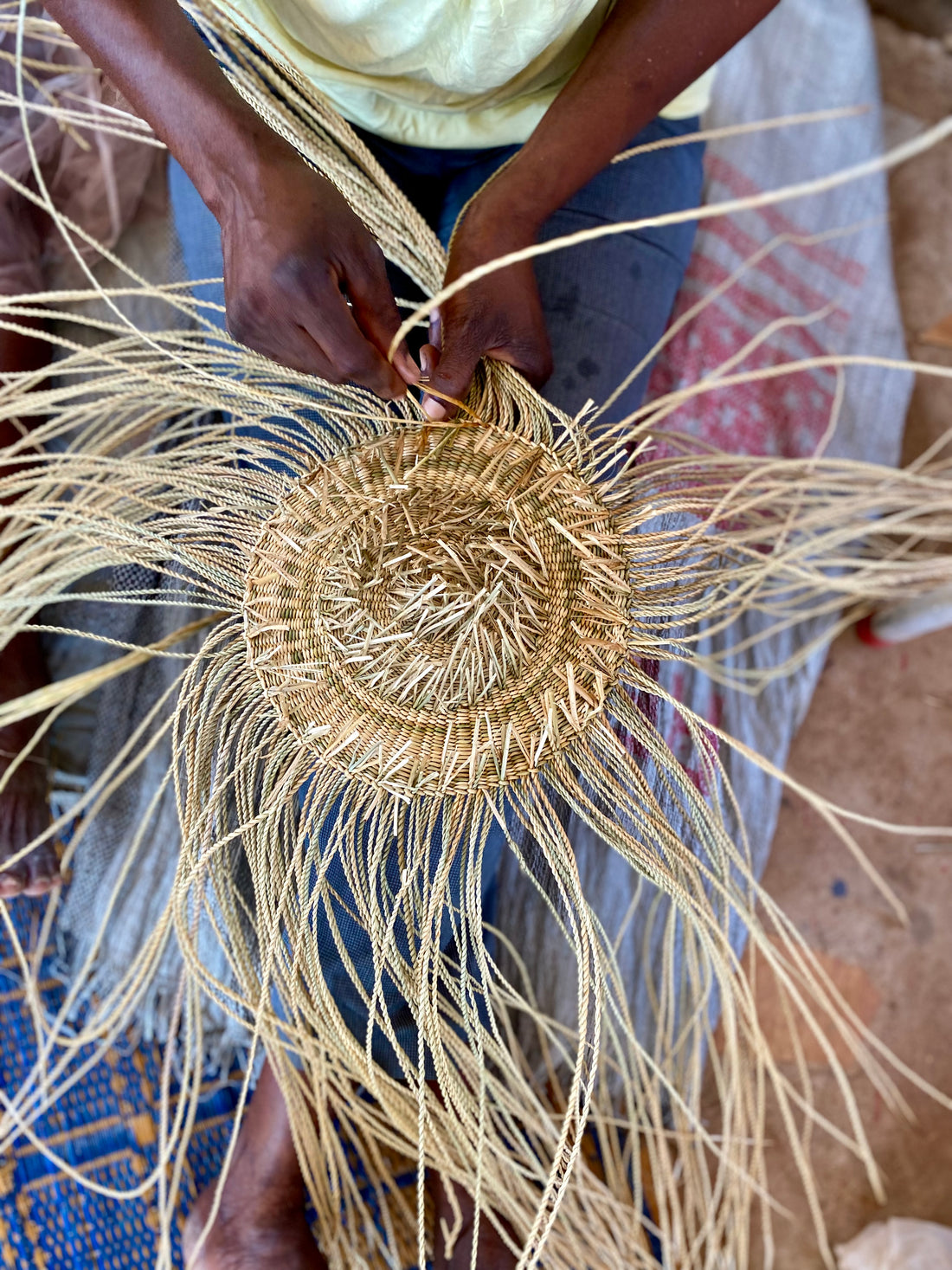Craft is on the rise, and that's good news for women and families.
In recent years design leaders have noted rising consumer interest in craft objects – objects that are not industrially made or the result of standardized production, but that are made by hand from natural materials based on family knowledge and cultural traditions. This renewed appetite for handmade things is thought to represent a broader shift in consumer values towards individual creativity, culture, and sustainability.
This shift has been embraced by the fashion, art and design worlds: take recent fashion campaigns and couture shows featuring weaving and traditional Mexican embroidery (Bottega Veneta, Loewe, Dior), world class art shows and museums exhibiting craft (Frieze London's recent curated section on woven art, Sheila Hicks everywhere), and celebrated interior brands broadcasting their efforts to preserve local craft traditions (Soane Britain, Atelier Vime).
According to a 2022 report by the United Nations Conference on Trade and Development (UNCTAD), craft represents 45% of all creative goods exports, making it one of the most important creative industry sectors for developing countries' export income. Craft represents a significant part of the global economy, one that is largely held up by women. Feminist art historian Rozsika Parker said,"To know the history of embroidery is to know the history of women", and the same is true of most global craft cultures.


For women and families living in poverty, the connection between craft and economic empowerment is profound. Through craft-based entrepreneurship women leverage their traditional knowledge and skills to generate an income and support their families. Research shows that "women who are economically productive are significantly more likely than their male counterparts to reinvest high proportions of earned income into the health, nutrition, and education of their children. This phenomenon creates a multiplier effect in which families and communities grow healthier, are better educated, and are more economically stable over time." (Building Inclusive Economies: Council on Foreign Relations)
We have been honored to be invited into the homes of our craft partners and to hear these global statistics reflected in their personal experiences. When we visited the Sirigu Women's Organization for Pottery and Art (SWOPA) in remote north eastern Ghana, (the area with the highest poverty rates in the country), we heard the craftswomen's pride in their ability to pay for a meaningful education for their children.
Beyond the aesthetic contributions that handmade pieces bring to a space, we believe that a design philosophy that properly values craft contributes to a healthier global economy, one that benefits women and their families.
Here are some favorite pieces woven by our partners at the Sirigu Women's Organization for Pottery and Art in their own craft tradition -



